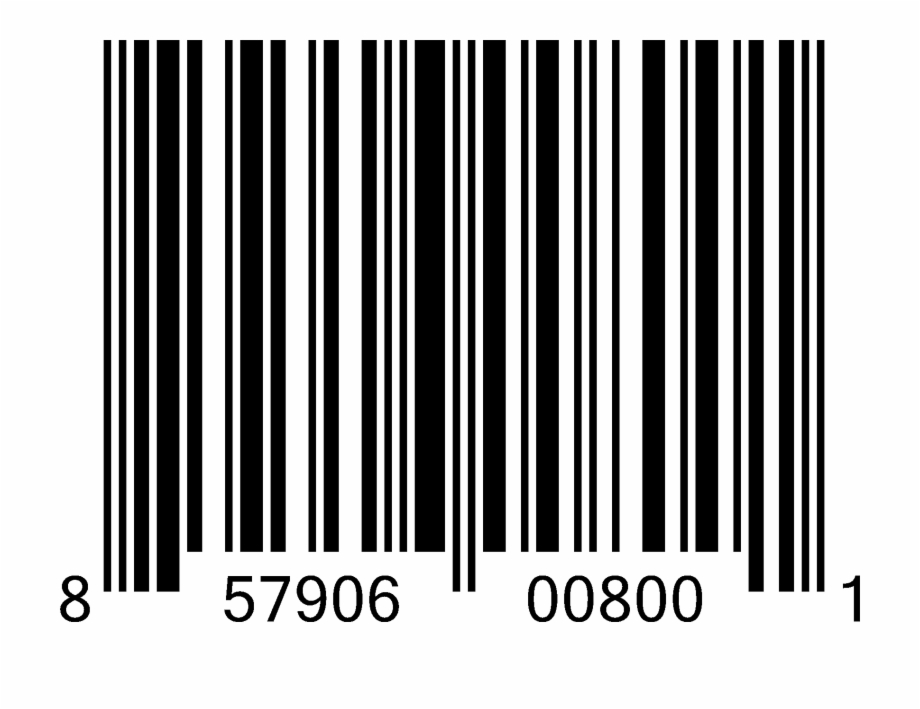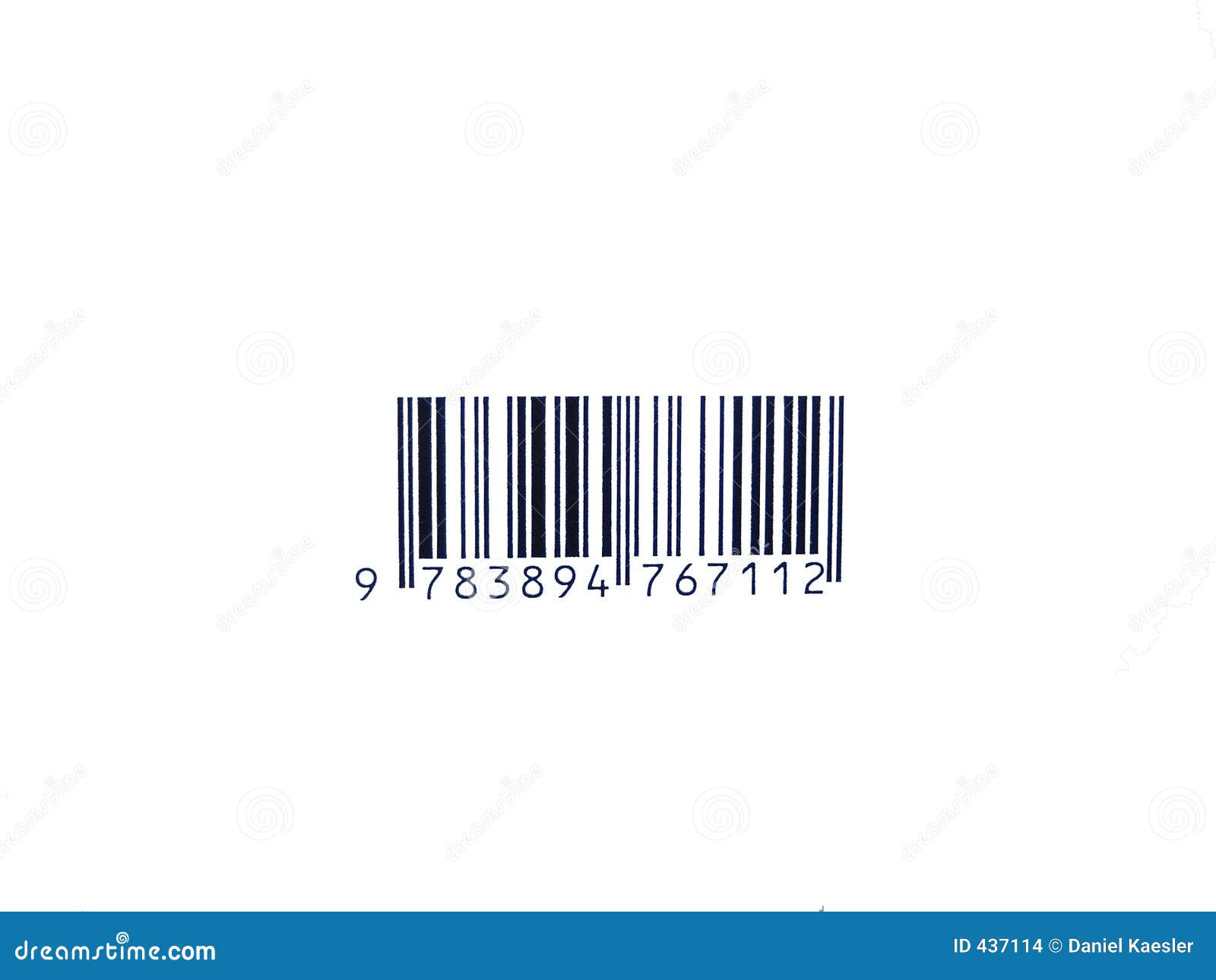
We want to work with pharmaceutical companies and alcohol producers to help them address this issue.” We want to empower patients to be aware of this issue. “If you have this technology on or in your medicines, you can use your smartphone to authenticate. This work is extremely important for patients and buyers in addressing this issue,” Kim said. People can buy counterfeit opioids easily. “Online pharmacies sell controlled substances to teens. There are numerous examples of large amounts of fake medications sold throughout the world, which, in some instances, kill people,” said Kim. “Counterfeit items, such as medicines and alcohol, are big issues around the world. There are a lot of fake whiskeys being sold,” said Leem, referencing other studies mentioned in the journal article about the economic cost and loss of purchasing fake alcoholic spirits, including how 18% of adults in the United Kingdom experienced purchasing counterfeit alcoholic spirits. “Alcohol spirts are vulnerable to counterfeiting. You can watch a video demonstration of the tag by Kim and Leem.

Kim and Jungwoo Leem, a postdoctoral research associate, said making the tags involves processing fluorescent silk cocoons from specialized silkworms to create a biopolymer, which can be formed into a variety of patterns to encode the information. The tags have not affected the taste of the whiskey. The tags are also edible, causing no issues if a person swallowed it while downing a shot of whiskey.
#Fake barcode code#
The code on the fluorescent silk tag is the equivalent of a barcode or QR code and is not visible to the naked eye. The tags have a code that a consumer or patient can activate with a smartphone to confirm authenticity of a product. Kim has worked on anticounterfeit measures ranging from cyberphysical watermarks to tags made of fluorescent silk proteins. Because they tolerate alcohol, the shape of the tag can be maintained for a long time.” “Researchers apply alcohol to silk proteins to make them more durable. We wanted to test this first in whiskey because of whiskey’s higher alcohol content,” said Young Kim, associate head for research and an associate professor in Purdue’s Weldon School of Biomedical Engineering.

Jungwoo Leem, a postdoctoral research associate, and Young Kim, both of Purdue’s Weldon School of Biomedical Engineering, are part of a global research team that has developed an edible QR code on a tag made of specialized silk which could help consumers detect fake whiskey.


 0 kommentar(er)
0 kommentar(er)
